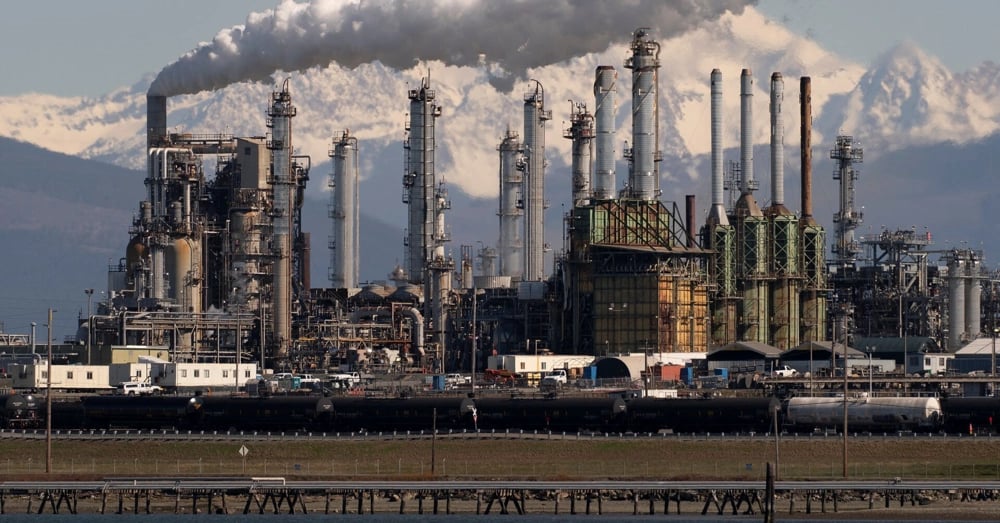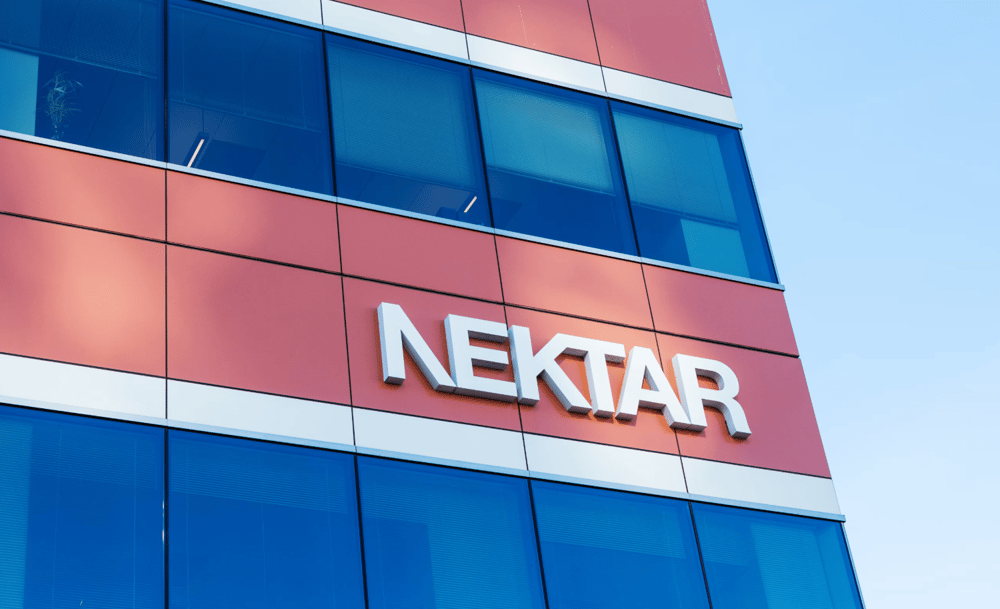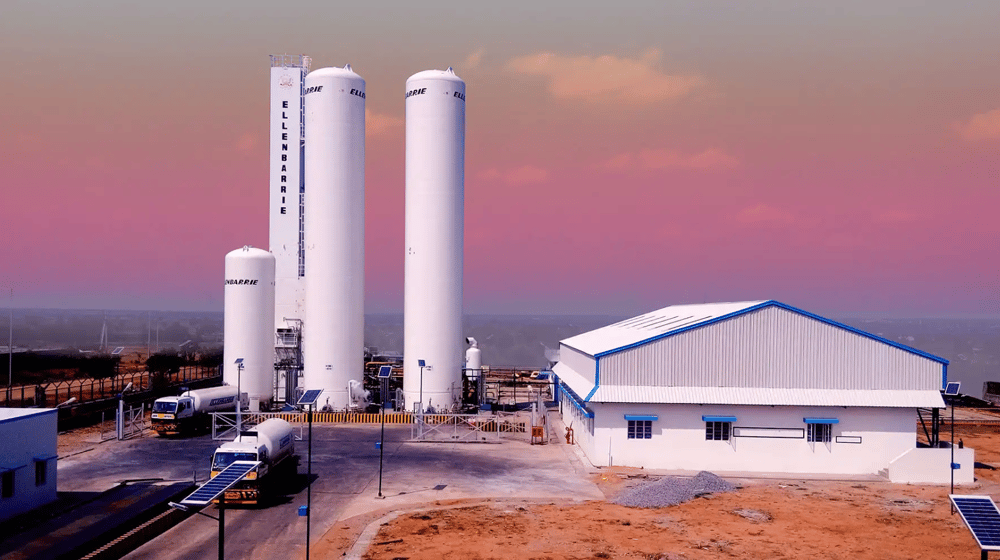FAA Pressures Airlines as Newark Airport Faces Persistent Flight Disruptions; United Airlines Takes Lead in Cuts
The Federal Aviation Administration (FAA) has announced plans to hold a high-level meeting with major U.S. carriers to address ongoing operational challenges at Newark Liberty International Airport. The session, scheduled for Wednesday, follows a series of severe flight delays and cancellations, culminating in hundreds of disrupted journeys since late April.
Among those most impacted is United Airlines $UAL, Newark’s largest carrier, which has already preemptively cut 10% of its scheduled flights amid growing pressure to ease congestion and improve service stability. With cascading technical failures and mounting passenger frustration, regulators are stepping in to seek coordinated solutions, including the potential for temporary flight reductions.
FAA and Airlines Navigate High-Pressure Airspace
The operational crisis at Newark comes against the backdrop of broader concerns about air traffic control reliability and infrastructure vulnerabilities. Earlier this week, U.S. Secretary of Transportation Sean Duffy confirmed the FAA's ongoing collaboration with airlines to reduce congestion. The move comes in response to systemic issues at Newark, including a 90-second communication blackout at the Philadelphia air traffic control facility—the second such incident in two weeks—which has further strained flight operations.
United’s decision to scale back flights follows multiple waves of delays, some stretching up to five hours per flight, highlighting the fragile state of airport scheduling and ground coordination. These compounding issues have brought renewed attention to staffing, technology resilience, and systemic capacity at one of the nation's busiest international gateways.

Key Developments Under Scrutiny
Flight Disruptions Escalate: Since April 28, Newark has experienced hundreds of delays and cancellations, straining passenger confidence and operational reliability.
United Airlines Reacts Swiftly: As the dominant carrier at the airport, United has proactively trimmed its schedule to alleviate stress on the system.
FAA Coordination Intensifies: The federal regulator is calling for structured dialogue with airlines, potentially leading to enforced or voluntary temporary flight caps.
Infrastructure Under Pressure: Technical failures at regional air traffic centers underscore aging infrastructure and the need for modernized systems.
Delays Reach Critical Levels: On several days, average delays per flight at Newark have exceeded five hours, prompting emergency-level interventions.
Converging Risks Shape the Aviation Landscape
Airspace Saturation Newark operates in one of the most congested flight corridors in the U.S., making it highly sensitive to even minor disruptions.
ATC System Instability The FAA has faced repeated criticism for outdated systems vulnerable to outages, including those impacting communication with pilots.
Carrier Overextension Airlines have aggressively rebuilt capacity post-COVID, but demand surges are clashing with logistical bottlenecks and staffing limitations.
Weather and Geopolitical Complexity External variables, from storm patterns to airspace constraints due to global conflicts, contribute to increasingly volatile operations.
Regulatory Pressure Intensifies With federal oversight growing, airlines are being compelled to prioritize resilience and passenger experience over scheduling density.

Path Forward Hinges on Infrastructure and Coordination
As federal regulators and airline executives prepare for urgent discussions, Newark emerges as a microcosm of the broader challenges facing U.S. aviation. From technical breakdowns to workforce strain, the current environment demands synchronized reform—ranging from real-time air traffic modernization to strategic flight scheduling adjustments.
While the proposed FAA-led flight reduction plan is temporary, its implications could be lasting. A recalibrated approach to traffic management at key hubs like Newark may ultimately drive structural improvements in how the U.S. handles its busiest travel corridors.















Comments